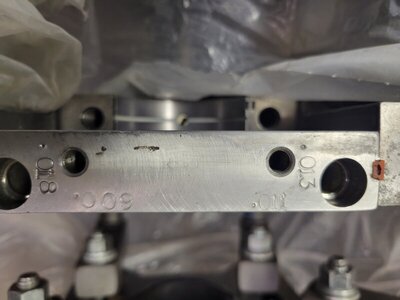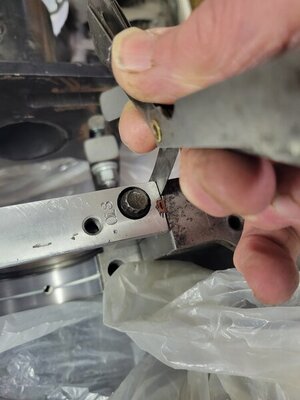67charger440
Well-Known Member
I know approximately 6 million threads have been created on the topic, however, I would like some fresh input. I got a 440 that has a pretty solid engine oil leak coming from the bell housing dust cover. (Yes I’ve checked valve covers and oil sending unit). I’ve also read on the previous threads that this is a common problem with the 440. Much like trying to seal a 727 transmission pan. What is the latest and greatest rear main seal to purchase that y’all would recommend? Also I plan to pull the motor. Yes I know it can be done in the vehicle but I got a engine hoist that looks lonely. Thanks for all the input. Much appreciated.




















